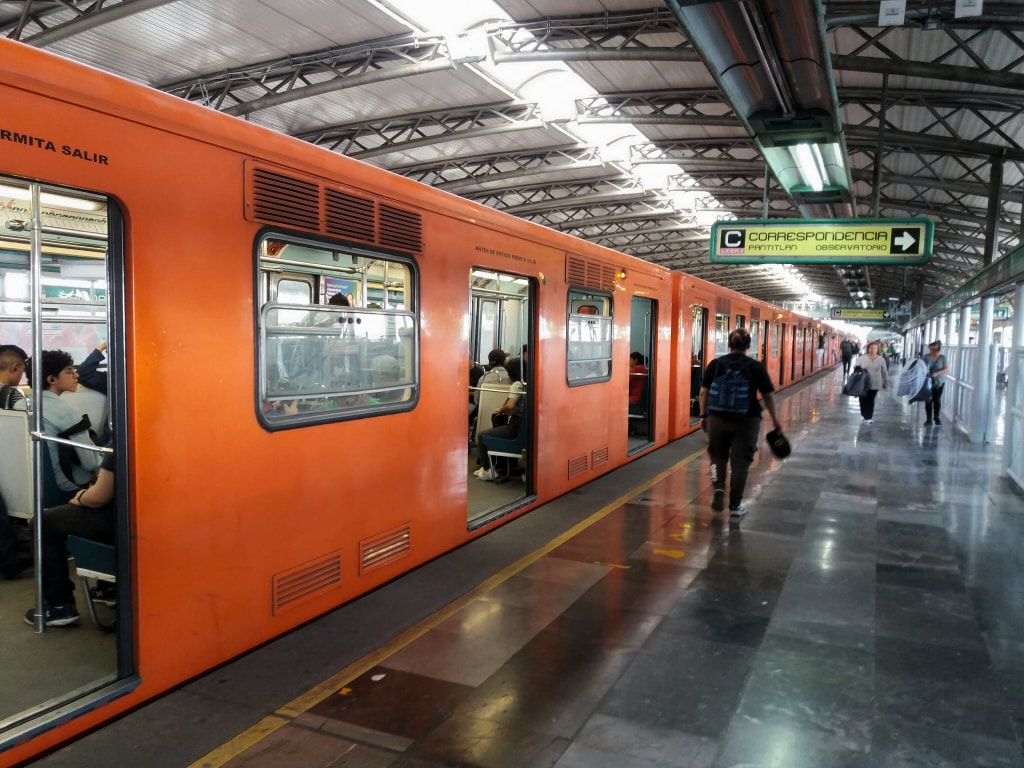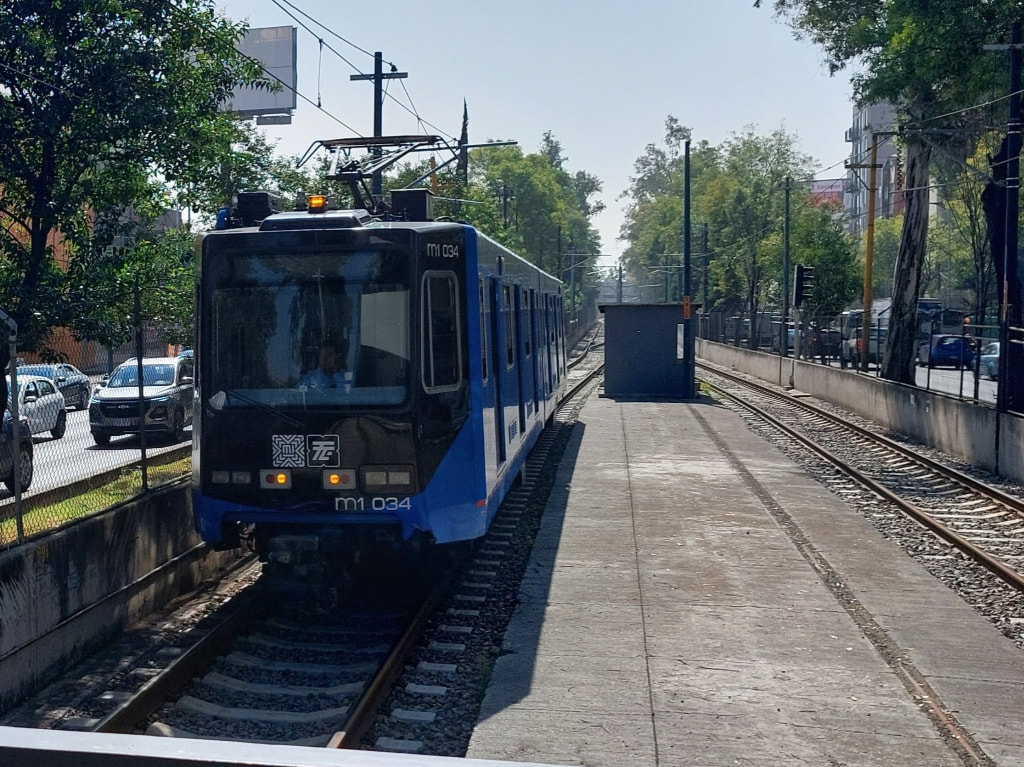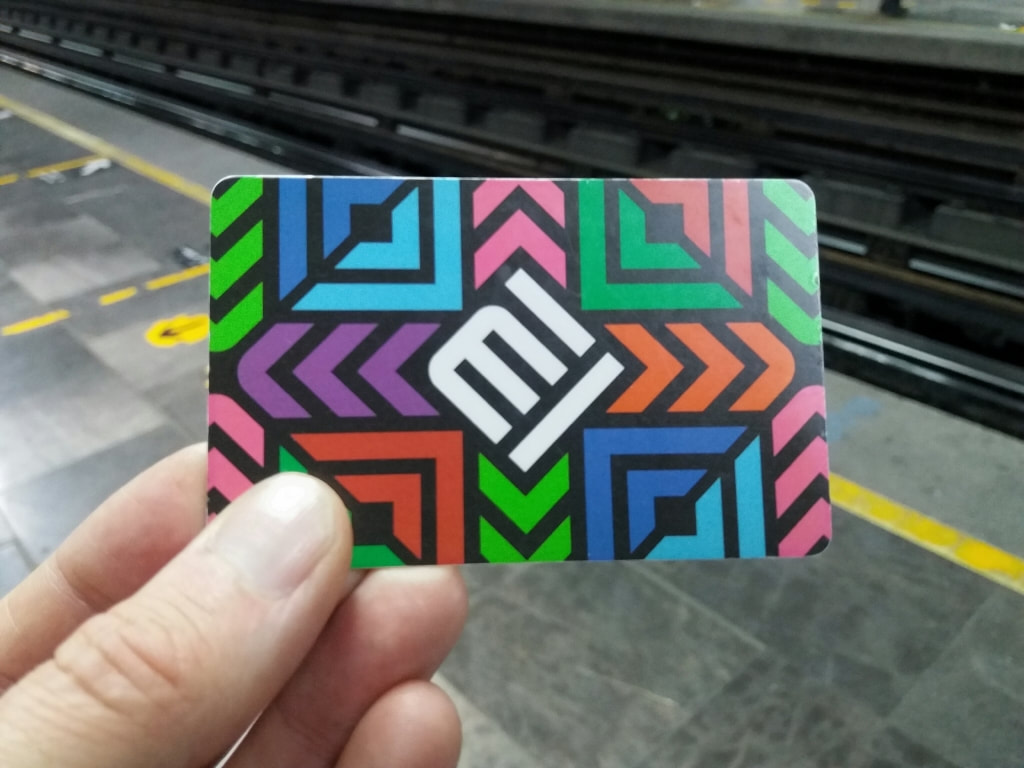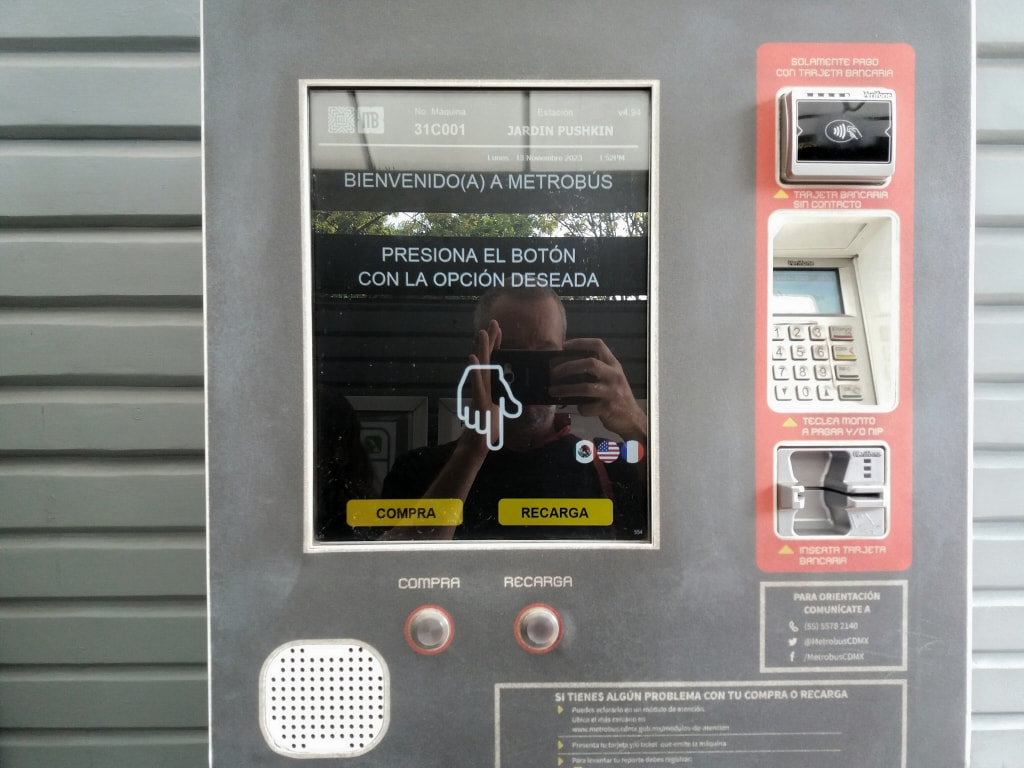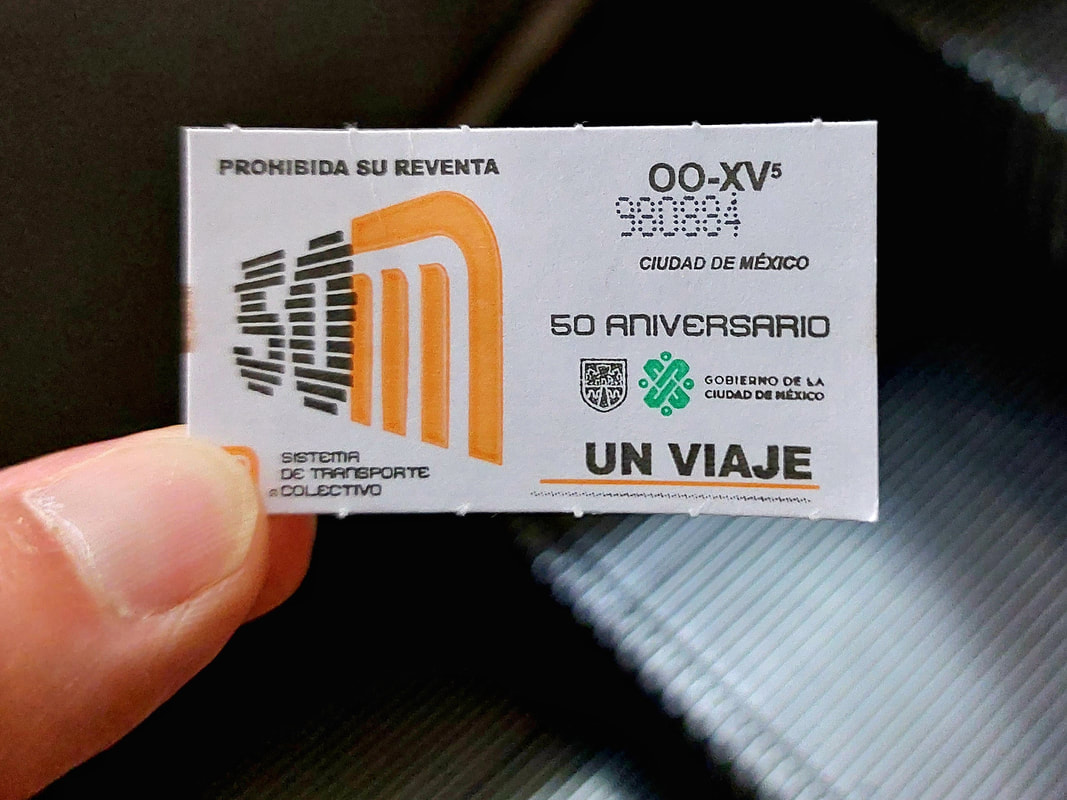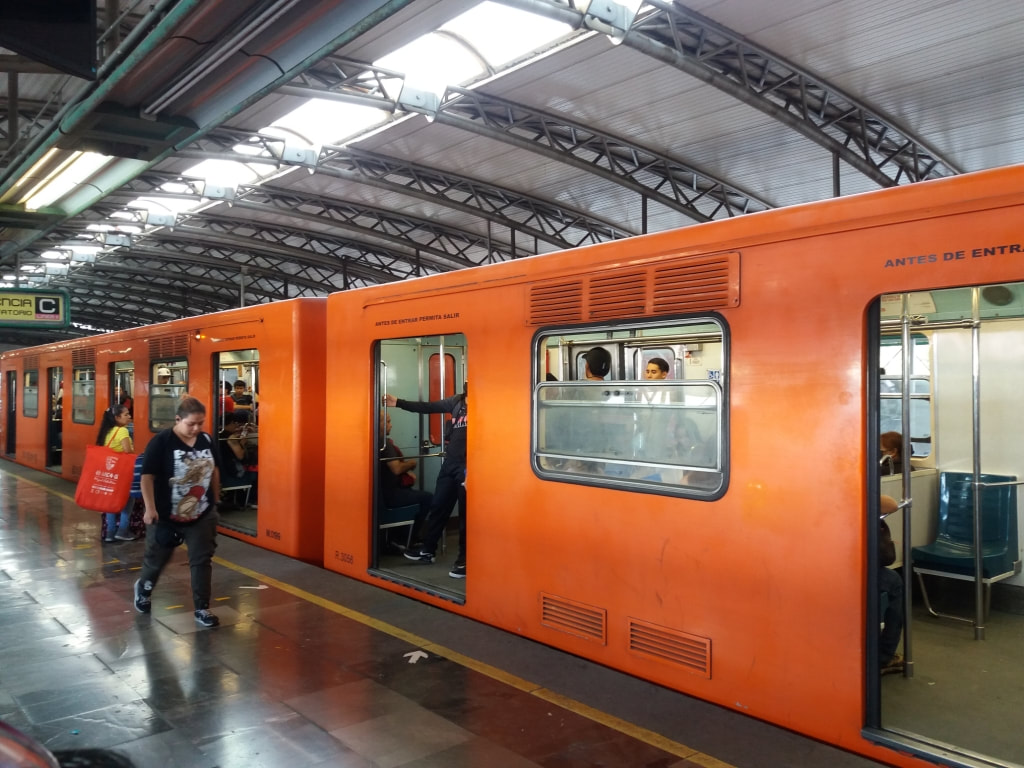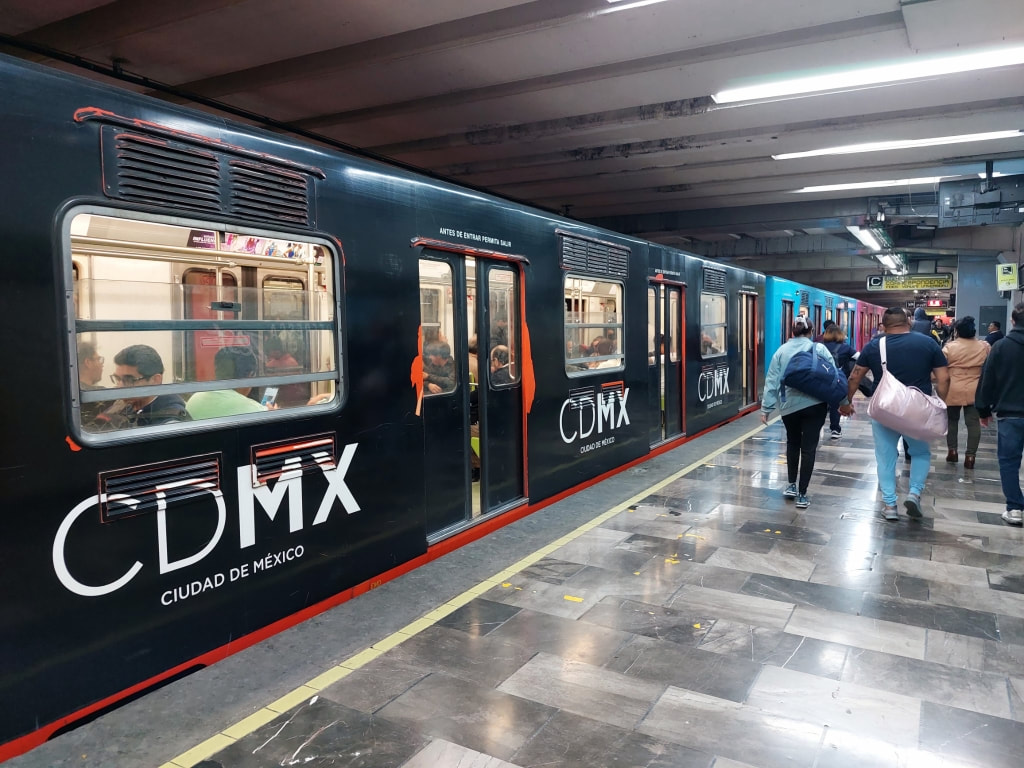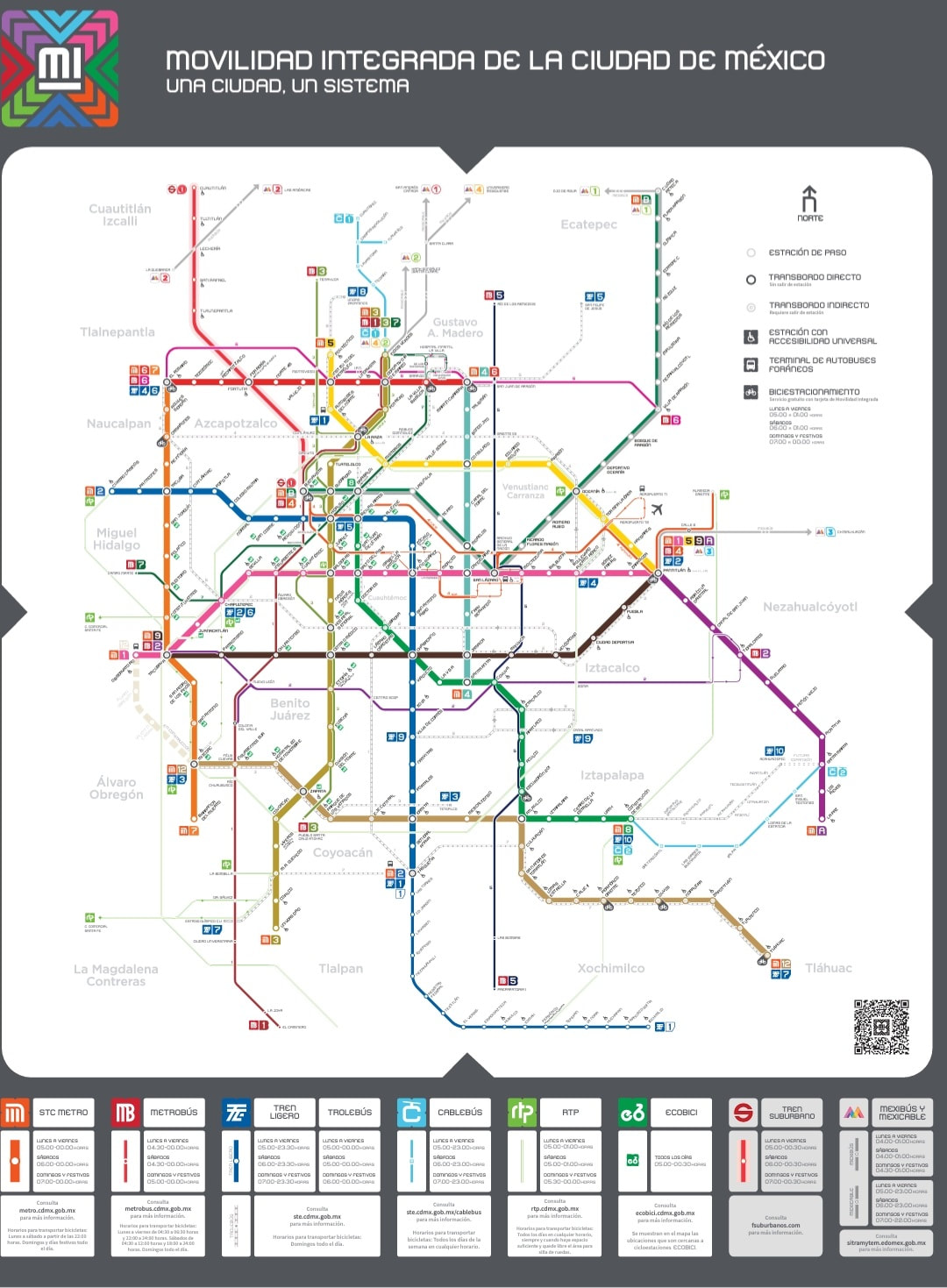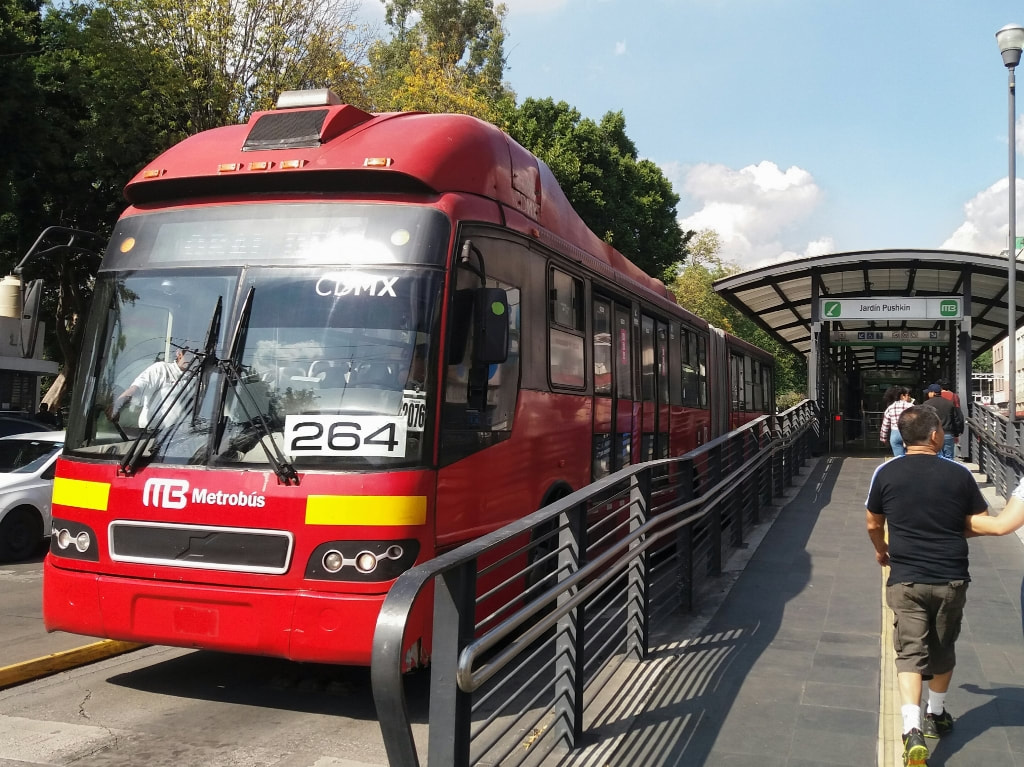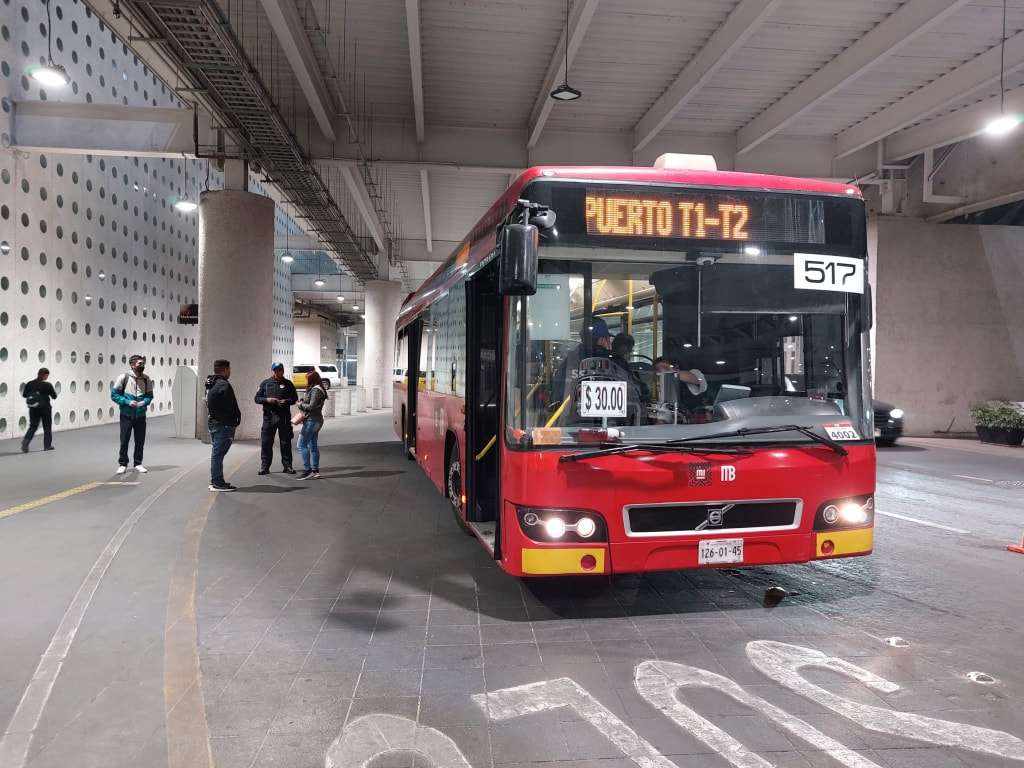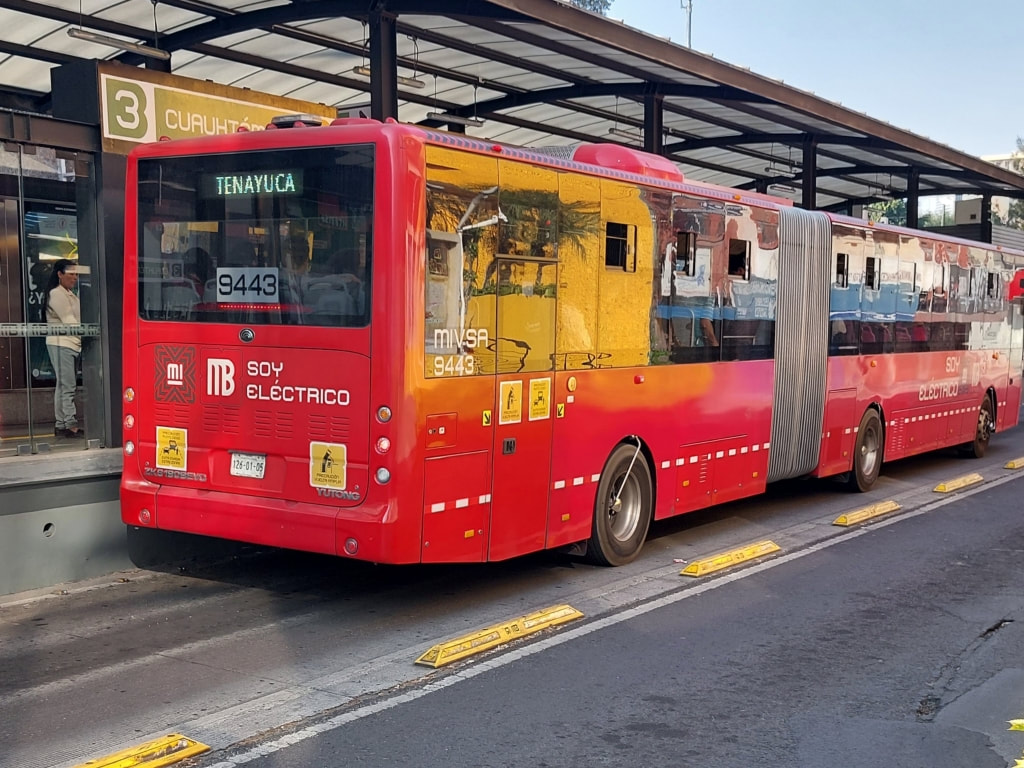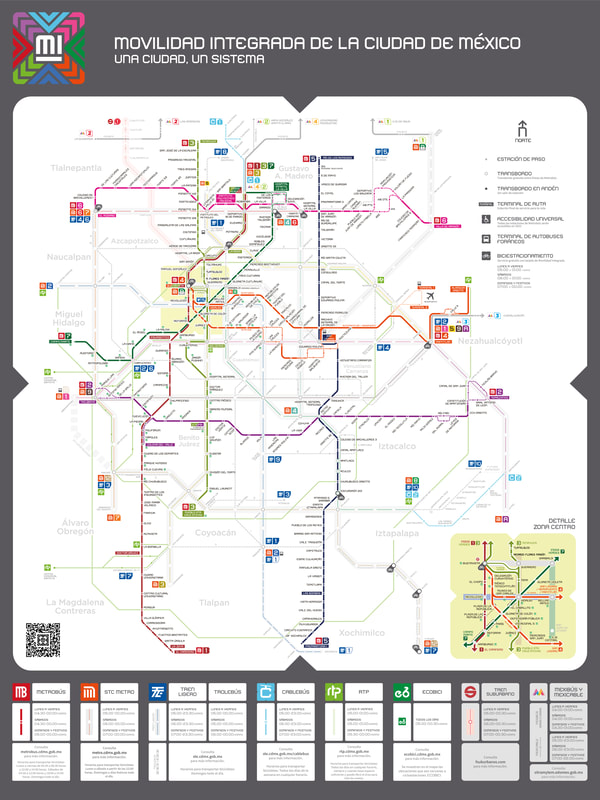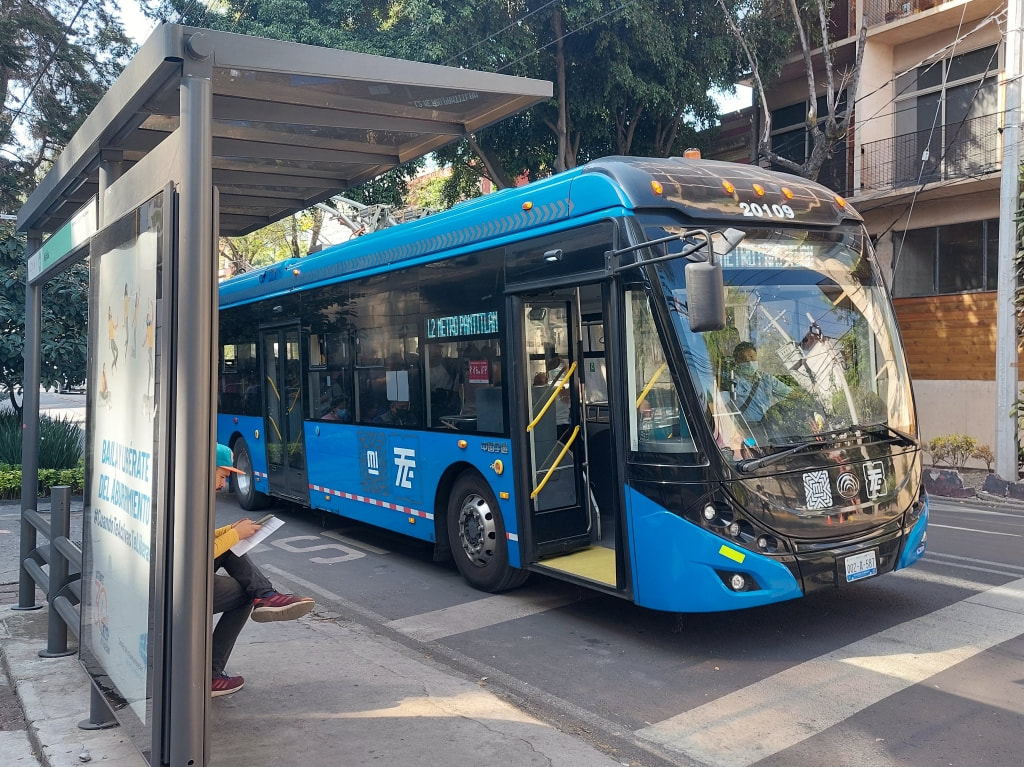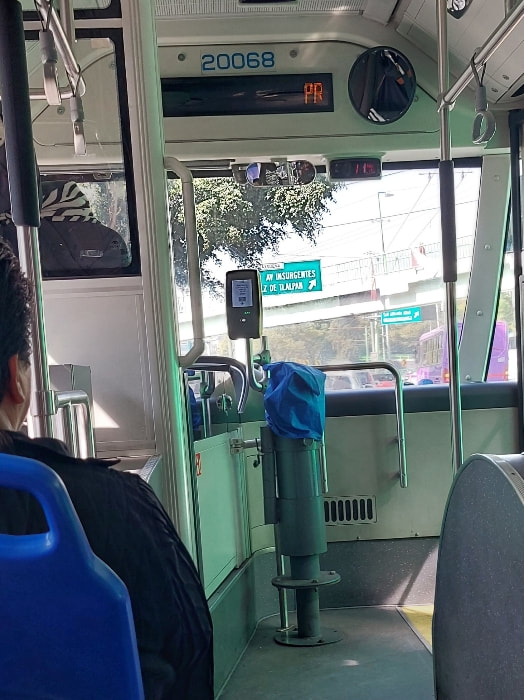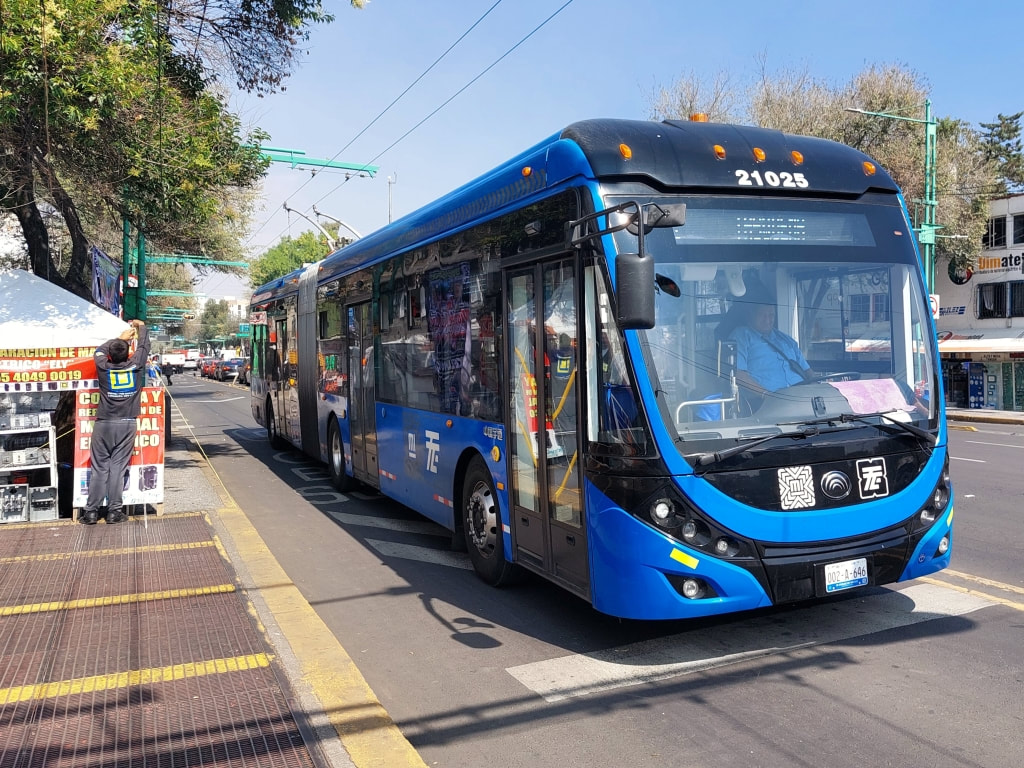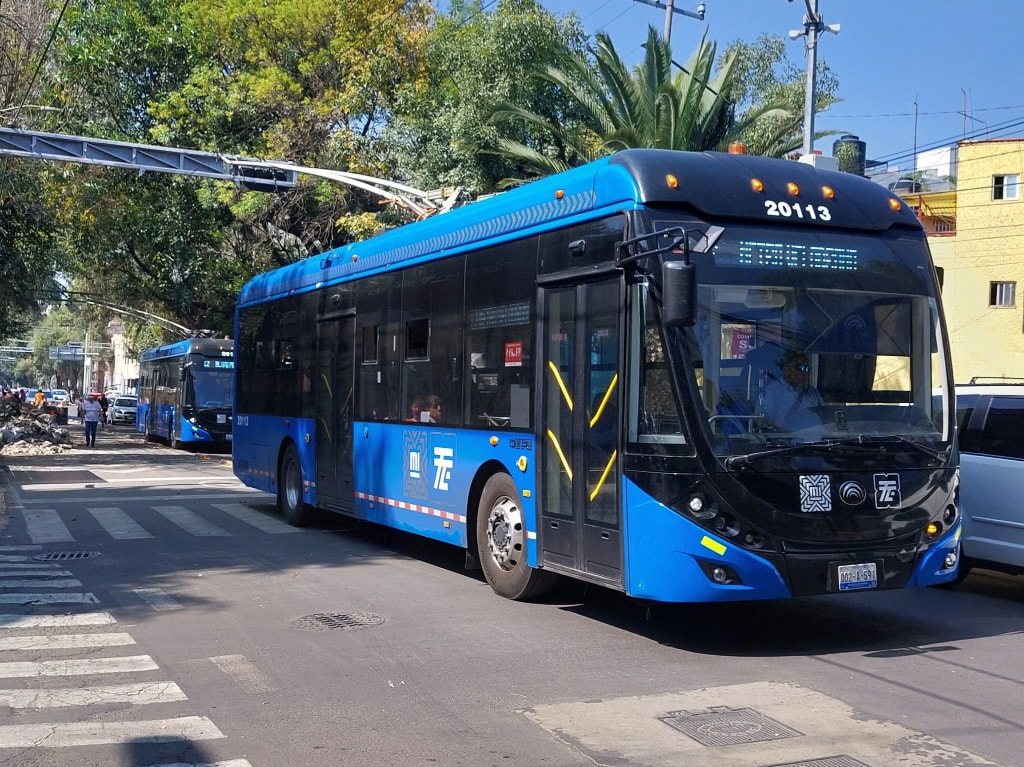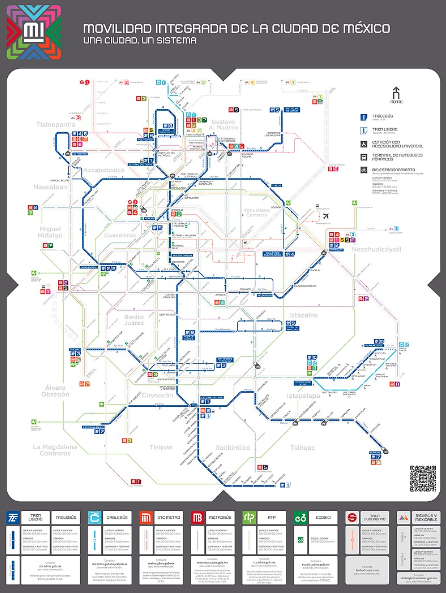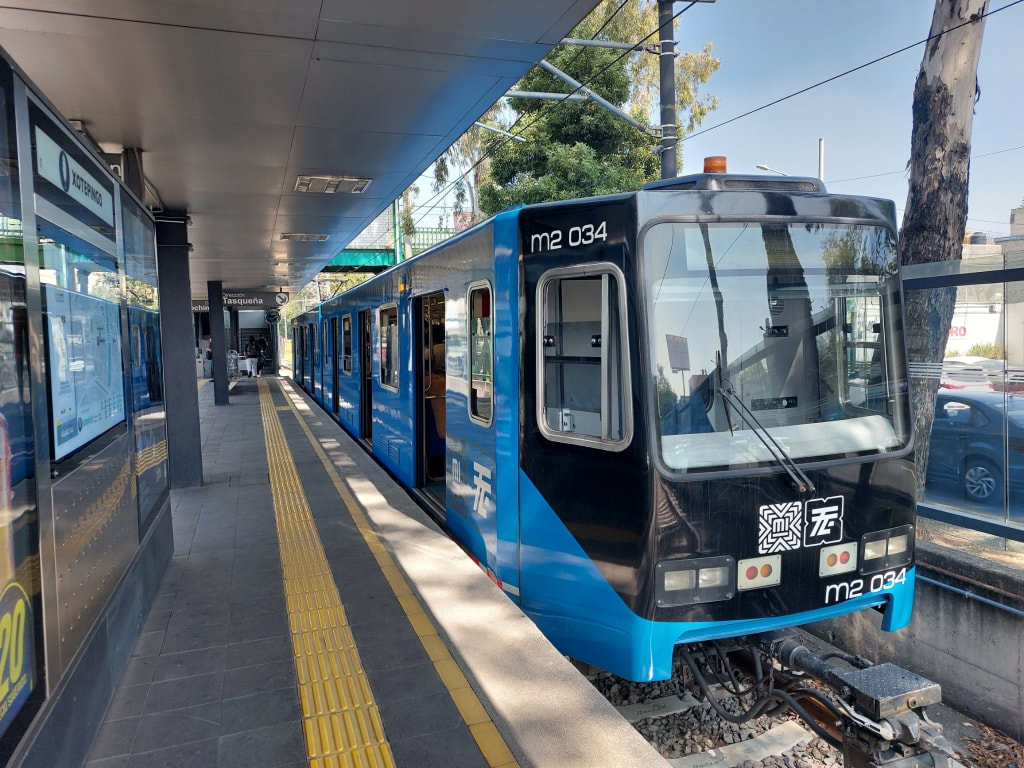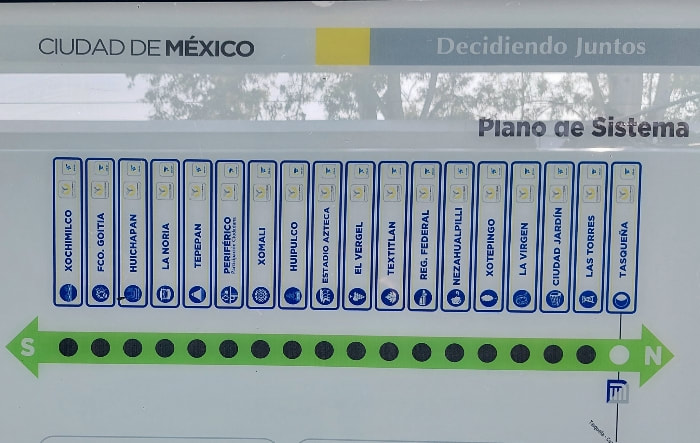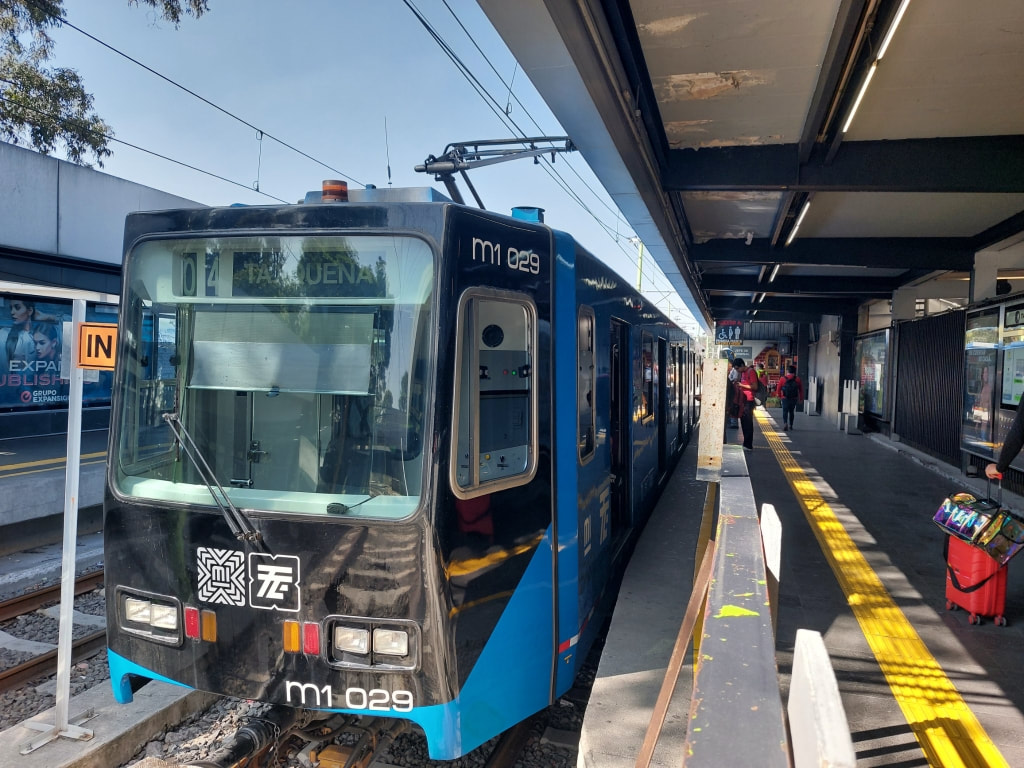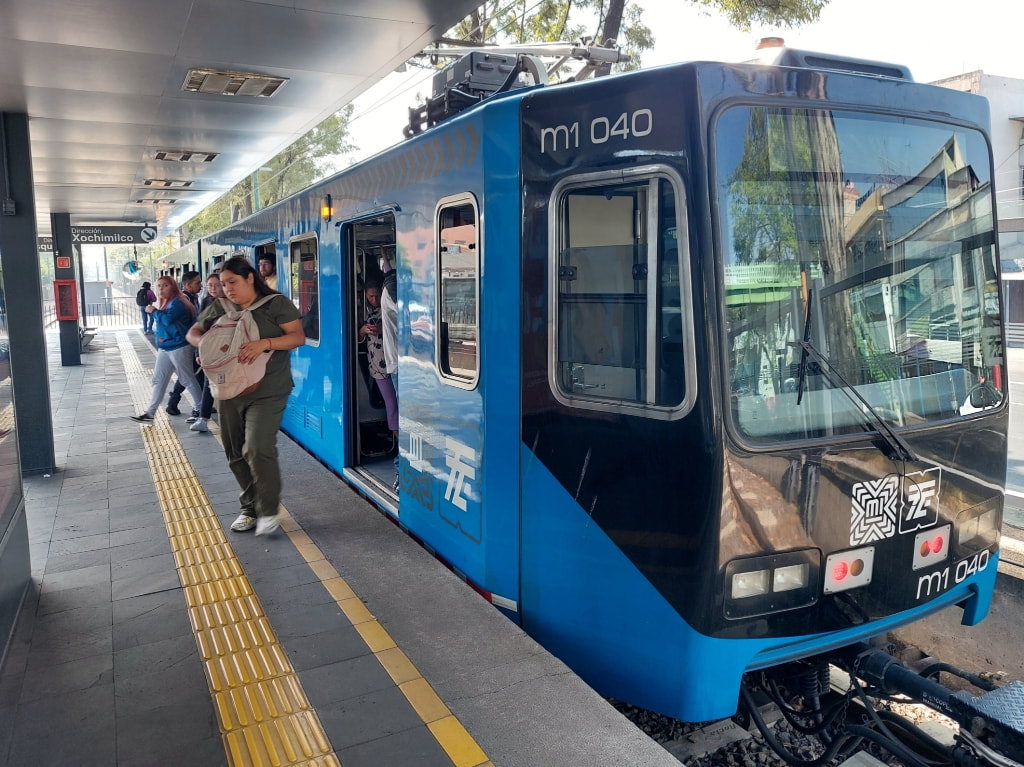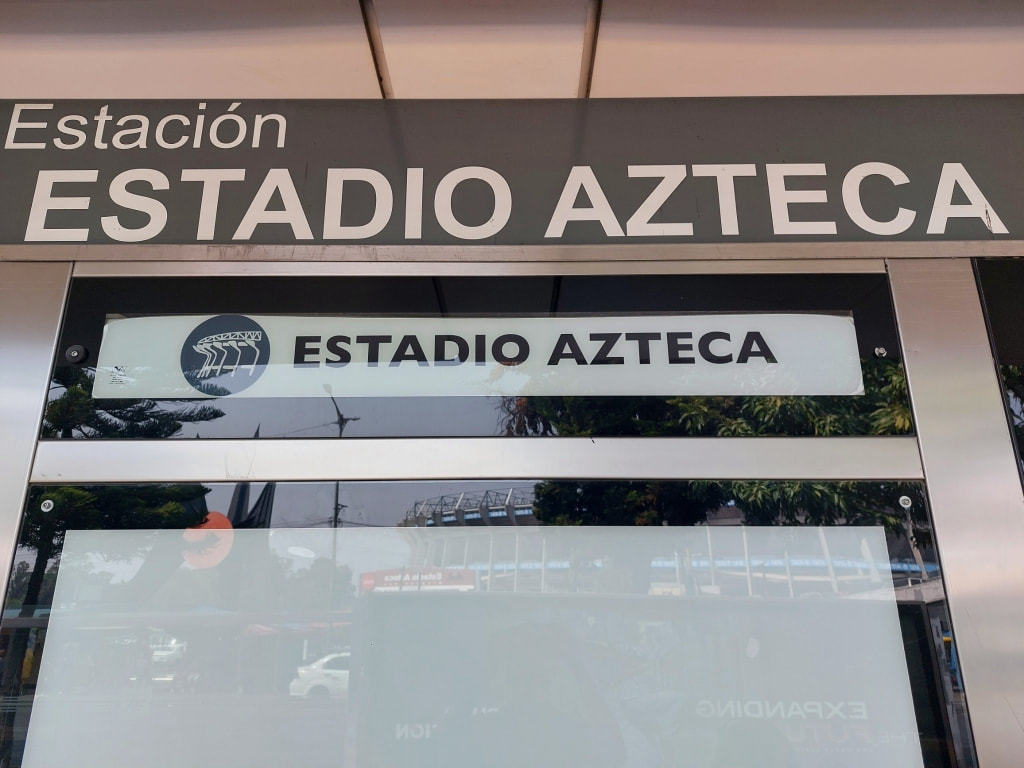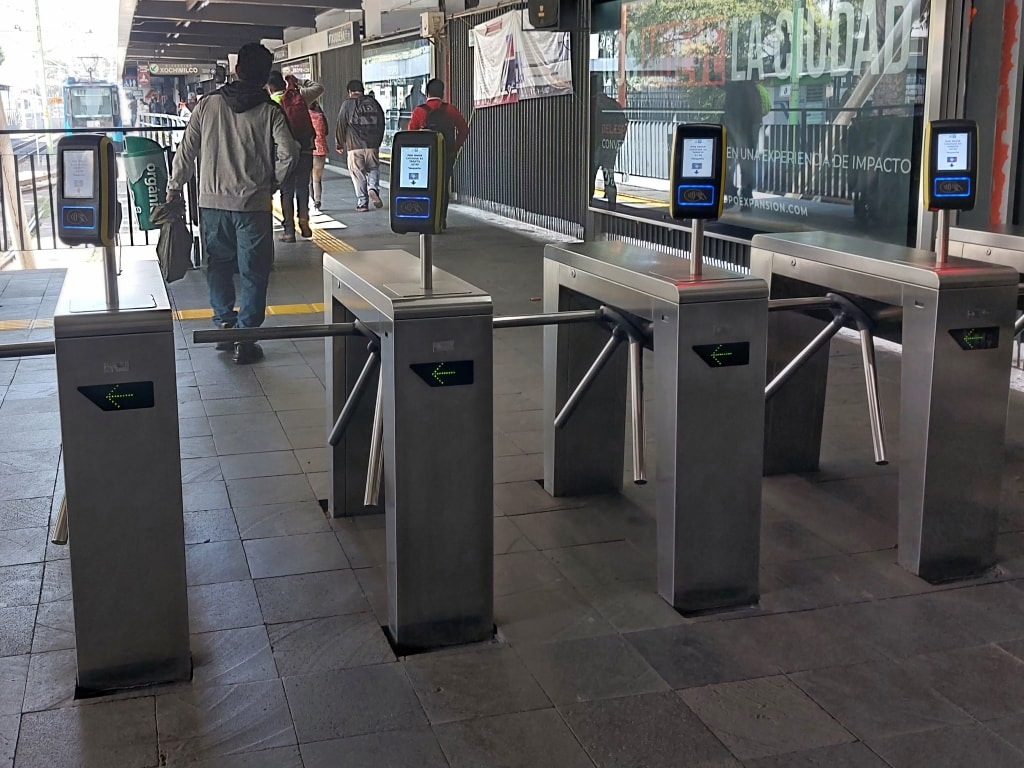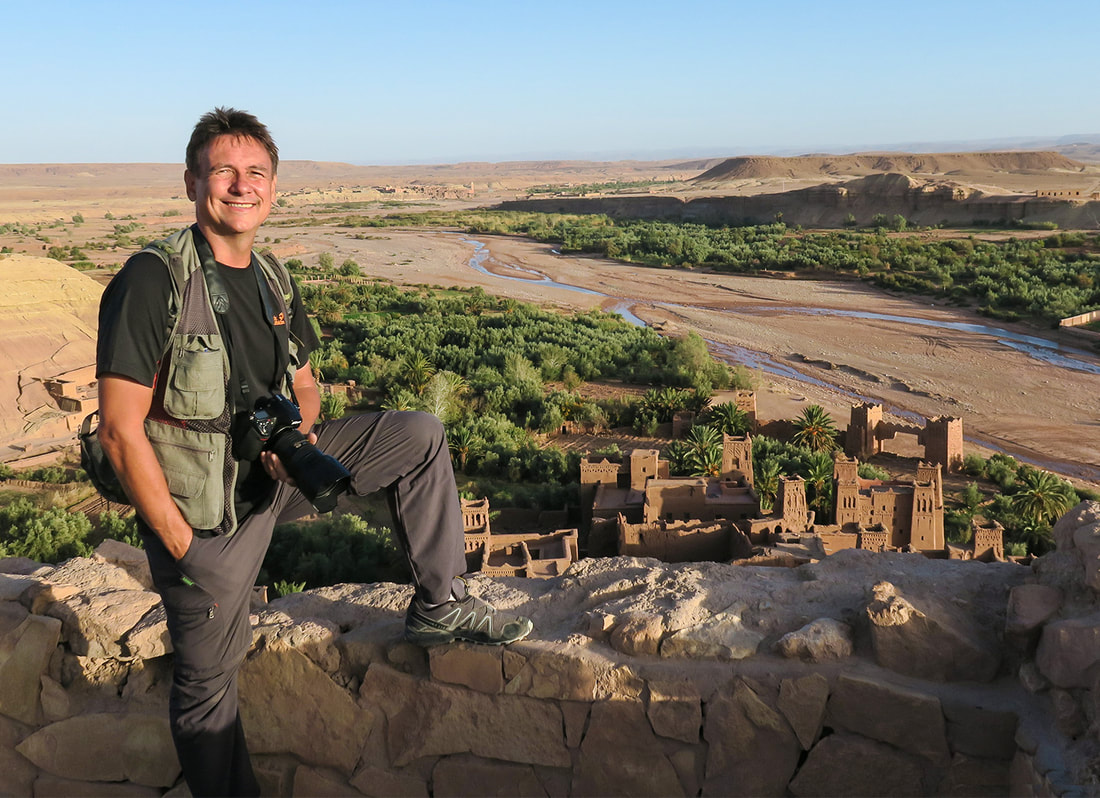Guide to Public Transportation in Mexico City
Updated: January 1 2024 | Tagged: Mexico, Travel Hacks
My new and detailed Guide to Public Transportation in Mexico City using the Metro, Metrobus, Trolleybus and the Tren Ligero.
If you secure a job with Jooble in Mexico City you will definitely need this guide on how to use public transportation.
If you secure a job with Jooble in Mexico City you will definitely need this guide on how to use public transportation.
What is the best way to get around Mexico City?
Covering more than 200 km, the Metro is the best way to get around Mexico City. It's convenient, fast, efficient and cheap. What's not to like about it.
The Metrobus covers a further 125 km, the Trolleybus 203 km and the Tren Ligero 13 km. That's a total of 540 km and that's not including the RTP bus network (not detailed in this post) which has more than 70 routes with over 2000 stops across the city, covering who knows how many kilometres so you are completely spoilt for choice when it comes to using public transportation in Mexico City.
The Metrobus covers a further 125 km, the Trolleybus 203 km and the Tren Ligero 13 km. That's a total of 540 km and that's not including the RTP bus network (not detailed in this post) which has more than 70 routes with over 2000 stops across the city, covering who knows how many kilometres so you are completely spoilt for choice when it comes to using public transportation in Mexico City.
The Mexico City Metro Card:
The Mexico City Metro Card, officially known as the "Integrated Mobility Card", in Spanish: La tarjeta de movilidad integrada and you will need to get one before you can start using the city's transport network.
You can buy the Integrated Mobility Card at the ticket offices (taquilla) in the Metro Stations or at the ticket machines in some Metro stations or at the Metrobus stations.
The card costs just 15 Pesos. When you buy the card at the Metrobus stations you pay 21 Pesos and it includes 1 ride for the Metrobus which is 6 Pesos compared to 5 Pesos on the Metro. Some machines accept cash, others accept only cards.
To buy your Integrated Mobility Card, the keyword is COMPRA. If you are topping up, the keyword is RECARGA.
You can load the card to a maximum limit of 120 Pesos.
The card costs just 15 Pesos. When you buy the card at the Metrobus stations you pay 21 Pesos and it includes 1 ride for the Metrobus which is 6 Pesos compared to 5 Pesos on the Metro. Some machines accept cash, others accept only cards.
To buy your Integrated Mobility Card, the keyword is COMPRA. If you are topping up, the keyword is RECARGA.
You can load the card to a maximum limit of 120 Pesos.
Each fare on the CDMX Metro is 5 Pesos, the CDMX Metrobus, 6 Pesos, the CDMX Trolleybus, 4 Pesos and the Tren Ligero, 3 Pesos.
The Single Trip Tickets that you could use on the Metro pictured below, are no longer valid:
The Single Trip Tickets that you could use on the Metro pictured below, are no longer valid:
For travel on the Metro, Metrobus, Trolleybus and Tren Ligero in 2024 you must use the la tarjeta de movilidad integrada.
They are introducing contactless (with your bank card) travel but I have not tried this. And I doubt I ever will. OK in an emergency I guess.
It is also fairly common to be asked for a ride, where the person who has lost their MetroCard gives you the fare and you let them through the barrier.
On the Metro and Tren Ligero, you must touch your card on the reader at the barrier when entering the station and when you board the Metrobus and Trolleybus.
You do not have to touch the card when exiting the station or leaving the bus as there are no zones and all fares have a flat rate.
They are introducing contactless (with your bank card) travel but I have not tried this. And I doubt I ever will. OK in an emergency I guess.
It is also fairly common to be asked for a ride, where the person who has lost their MetroCard gives you the fare and you let them through the barrier.
On the Metro and Tren Ligero, you must touch your card on the reader at the barrier when entering the station and when you board the Metrobus and Trolleybus.
You do not have to touch the card when exiting the station or leaving the bus as there are no zones and all fares have a flat rate.
Metro CDMX
The Mexico City Metro is the 2nd biggest in the Americas after the Metro in New York and is now said to be the 9th busiest in the world.
San Lazaro Metro Station Line B:
San Lazaro Metro Station Line B:
Tacubaya Metro Station Line 7 to Rosario:
There are currently 12 lines, over 200 km of track and 195 stations, it is undoubtedly the best way to get around Mexico City.
Although there are sometimes lengthy delays and in the rush hour it's a bit manic, it is still better than travelling around above ground.
The Mexico City Metro operates to the following schedule:
Official website for the metro in CDMX: www.metro.cdmx.gob.mx
Although there are sometimes lengthy delays and in the rush hour it's a bit manic, it is still better than travelling around above ground.
The Mexico City Metro operates to the following schedule:
- Monday to Friday: 5 am to midnight
- Saturdays: 6 am to midnight
- Sundays & Holidays: 7 am to midnight
Official website for the metro in CDMX: www.metro.cdmx.gob.mx
I have just come across this interesting article regarding the CDMX Metro, "10 Stations that were never built".
Metro Map in Mexico City:
Metrobus CDMX
The Mexico City MetroBus has 7 lines, 283 stations and covers 125 km. The MetroBus is a very convenient way to get around Mexico City.
There is an extension of Metrobus line #4 which runs from San Lazaro to Mexico City Airport which costs 30 Pesos:
They have introduced Electric MetroBuses "Soy Eléctrico" on many lines:
The Metrobus in Mexico City operates to the following schedule:
Official website for the Metrobus in CDMX: www.metrobus.cdmx.gob.mx
Metrobus Map in Mexico City:
- Monday to Saturday, 4:30 am to midnight.
- Sunday and holidays, 5:00 am to midnight.
Official website for the Metrobus in CDMX: www.metrobus.cdmx.gob.mx
Metrobus Map in Mexico City:
Trolleybus CDMX
The Mexico City Trolleybus is a cheap and eco-friendly way to get around. The Trolleybuses are operated by Servicio de Transportes Eléctricos de la Ciudad de México (STE) who are also responsible for the Tren Ligero.
There are currently 10 lines covering more than 200 km running off 600V DC parallel overhead power lines.
Each ride on the Trolleybus (lines 1-9) costs 4 Pesos. You must use your Mexico City Metro Card. The option for paying with cash has recently been withdrawn. The machines are now covered up:
Each ride on the Trolleybus (lines 1-9) costs 4 Pesos. You must use your Mexico City Metro Card. The option for paying with cash has recently been withdrawn. The machines are now covered up:
Line 1 is probably the most suitable for travellers and tourists as it connects the Metro Autobuses del Norte which is the station you need when visiting the Teotihuacan Archaelogocal UNESCO World Heritage Site, to Autobuses del Sur at Tasqueña.
The complete line 1 is scheduled to take 1 hour 12 minutes and there are a limited number of seats. I hope you enjoy standing.
The complete line 1 is scheduled to take 1 hour 12 minutes and there are a limited number of seats. I hope you enjoy standing.
The TrolleyBus in Mexico City operates to the following schedule:
* Line 1 runs 24/7 and the fare from midnight to 5 am is 7 Pesos.
* Line 10 is a new elevated line and the fare is 7 Pesos.
Trolleybus Map in Mexico City:
- Monday to Saturday: 5 am to midnight
- Sunday: 6 am to midnight.
* Line 1 runs 24/7 and the fare from midnight to 5 am is 7 Pesos.
* Line 10 is a new elevated line and the fare is 7 Pesos.
Trolleybus Map in Mexico City:
Tren Ligero CDMX
The Tren Ligero Mexico City runs from Tasqueńa to Xochimilco.
The line is 13.04 km in length with 2 terminus stations and 16 intermediate stations:
The Tren Ligero at Tasqueña Sation:
The Tren Ligero at Xotopingo Station:
The Tren Ligero is suitable for travellers who are going to Xochimilco and football fans going to the Azteca Stadium:
The Tren Ligero can also be used to visit the museums: Museo Dolores Olmedo and Museo Diego Rivera-Anahuacalli.
You need the Integrated Mobility Card and the fare is 3 Pesos.
Barriers at Tasqueña Station:
You need the Integrated Mobility Card and the fare is 3 Pesos.
Barriers at Tasqueña Station:
Hours of operation:
Monday to Friday: 5 am until midnight
Saturday: 6 am until midnight
Sunday: 7 am until midnight
Monday to Friday: 5 am until midnight
Saturday: 6 am until midnight
Sunday: 7 am until midnight
Official website for the Tren Ligero in CDMX.
Mexico City also has 2 cable cars and the RTP Bus which are not covered in this post as they are geared towards locals who live away from the Metro and Metro bus routes in far-flung neighbourhoods.
The Tren Suburbano which runs from Buenavista to Cuautitlán is of no real use to the tourist until that is, the line to the Felipe Ángeles International Airport is completed and you can rest assured that I will be blogging about that and the latest update is end of June 2024, so stay tuned.
The Tren Suburbano which runs from Buenavista to Cuautitlán is of no real use to the tourist until that is, the line to the Felipe Ángeles International Airport is completed and you can rest assured that I will be blogging about that and the latest update is end of June 2024, so stay tuned.
Tips For Using the Public Transportation in Mexico City:
You have to remember that Mexico City, with a population of more than 22 million, is the sixth-largest metropolitan area in the world and this is of course not including the thousands who are here undocumented: immigrants, homeless, tourists and digital nomads.
Public transportation is a great way to get around Mexico City. It's very easy to navigate, even if you don't speak Spanish.
But here are my tips to make sure you have a more pleasant public transportation experience in Mexico City:
- avoid the rush hour
- watch your pockets and possessions at all times
- hang on
- for the female readers among you, sit in the designated sections
Public transportation is a great way to get around Mexico City. It's very easy to navigate, even if you don't speak Spanish.
But here are my tips to make sure you have a more pleasant public transportation experience in Mexico City:
- avoid the rush hour
- watch your pockets and possessions at all times
- hang on
- for the female readers among you, sit in the designated sections

